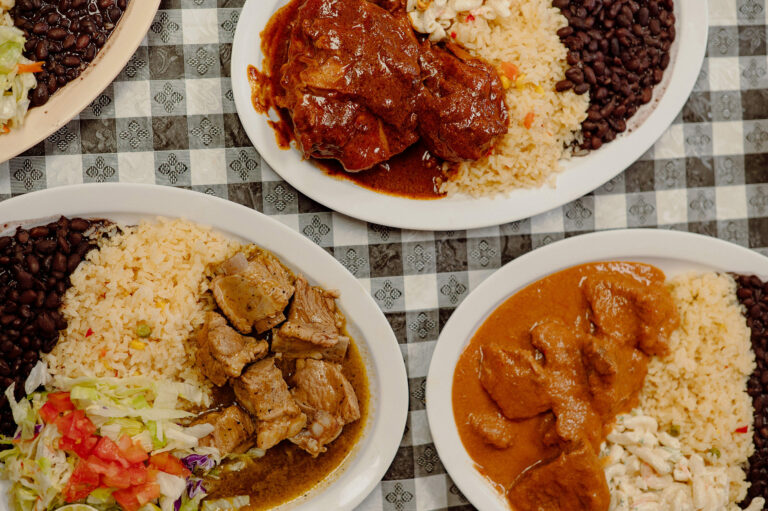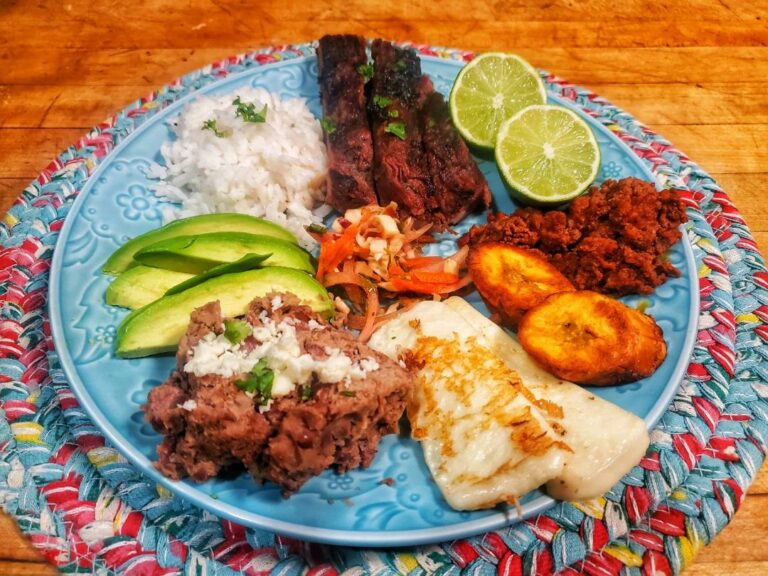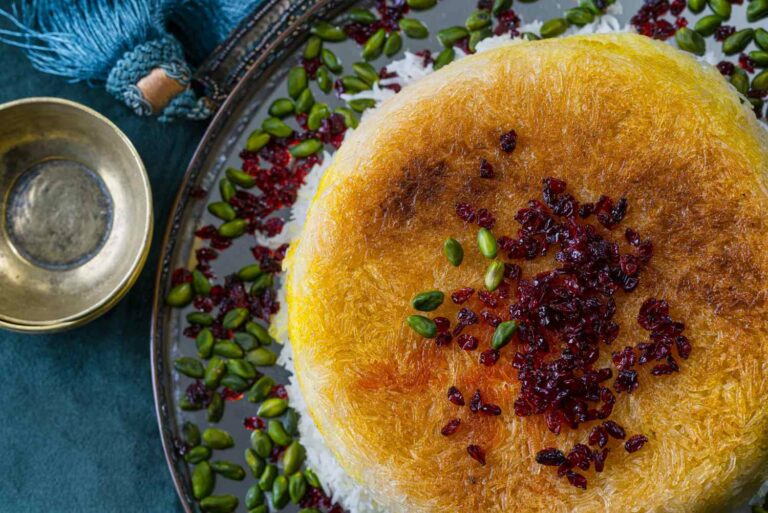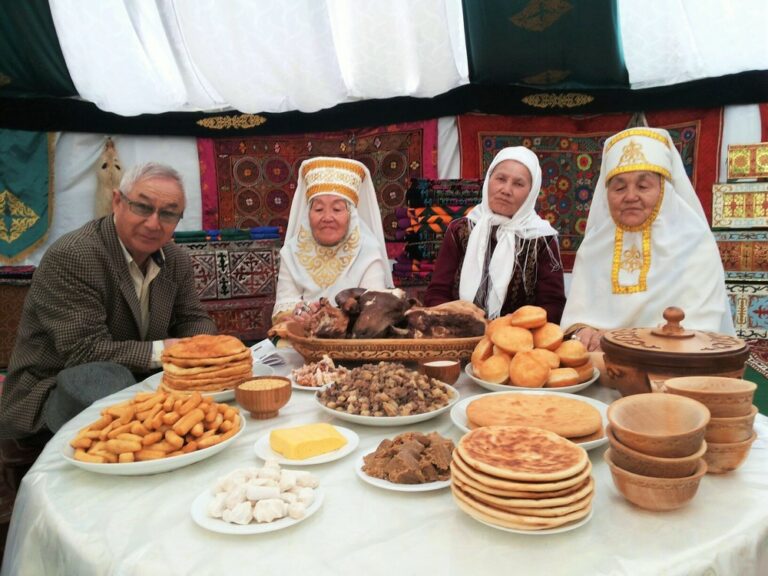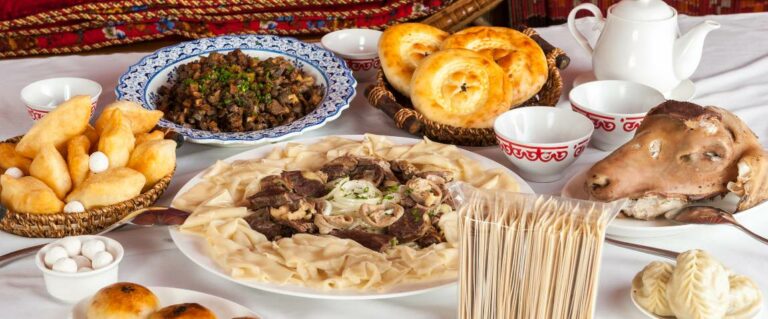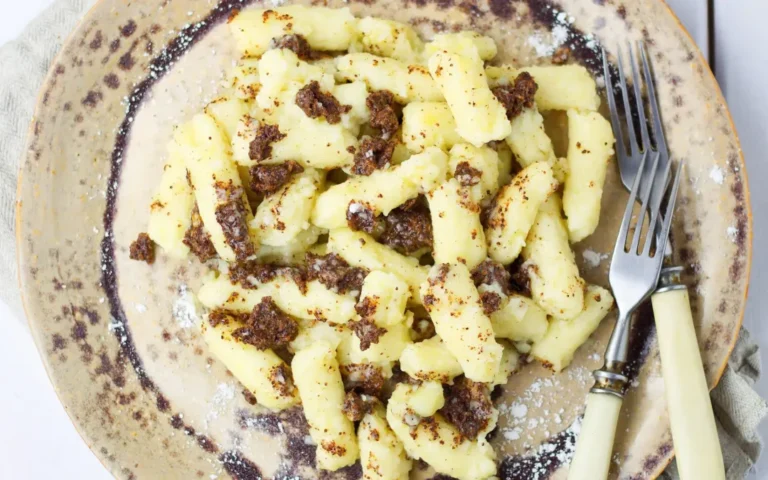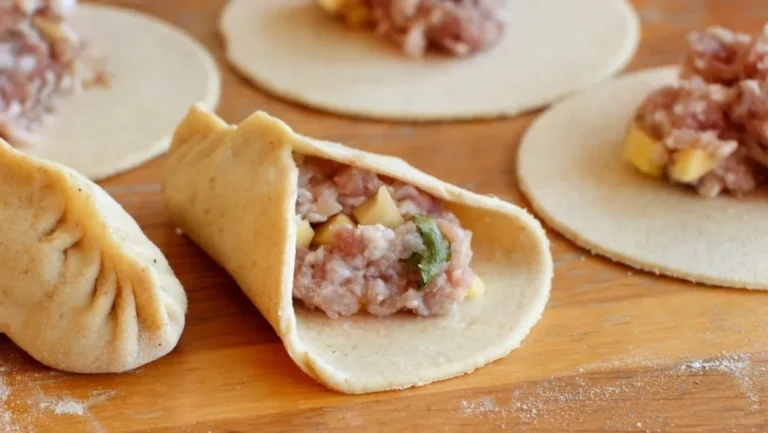Introduction to Central American cuisine
Central America is known for its diverse cuisines that are influenced by various cultures, including indigenous, Spanish, African, and Caribbean. The region’s cuisine is typically characterized by the use of fresh herbs and spices, tropical fruits, and vegetables that are grown in the region. The food of Central America has a strong emphasis on rice, beans, corn, and meat, with dishes that are hearty and filling.
The flavors of El Salvador
El Salvadoran cuisine is unique and distinct from other Central American cuisines, with flavors that are bold and rich. The food of El Salvador is known for its use of spices, such as cumin, coriander, and oregano, which are used in abundance to add depth to dishes. The cuisine also incorporates a variety of fresh herbs, including cilantro and parsley, which help to balance out the flavors.
Ingredients used in El Salvadoran cuisine
The ingredients used in El Salvadoran cuisine are similar to those used in other Central American cuisines, but the way they are combined and prepared makes all the difference. Rice and beans are staples of the cuisine, and are often served in a variety of ways, such as in pupusas (thick corn tortillas stuffed with fillings) or as a side dish with meats. Corn and plantains are also commonly used in El Salvadoran cuisine, and are often made into dishes such as tamales or fried plantains.
Common dishes in El Salvadoran cuisine
Pupusas are the most popular dish in El Salvadoran cuisine, and are often referred to as the country’s national dish. They are filled with a variety of fillings, such as cheese, beans, or meat, and are served with a side of curtido (a pickled cabbage slaw) and salsa. Another popular dish is yuca con chicharrón, which is fried cassava served with crispy pork.
Comparison with other Central American cuisines
El Salvadoran cuisine differs from other Central American cuisines in the way that it combines flavors and uses spices. For example, Guatemalan cuisine tends to be sweeter, with dishes like pepián (a stew made with pumpkin seeds and chicken) or tamales that are often filled with sweet ingredients like raisins and prunes. In contrast, El Salvadoran cuisine tends to be savory and spicy.
Differences in preparation techniques
El Salvadoran cuisine is often prepared using traditional techniques, such as grilling and frying. Many dishes are also slow-cooked, allowing the flavors to fully develop and meld together. Many dishes are also served with a side of refried beans, which are cooked slowly and often mashed with a little bit of lard for added flavor.
Regional variations in El Salvadoran cuisine
El Salvadoran cuisine varies from region to region, with different dishes and ingredients being used. For example, in the coastal regions, seafood dishes are more common, while in the central highlands, stews and soups are more prevalent. In the eastern part of the country, pupusas are often made with rice flour instead of cornmeal.
Conclusion: El Salvador’s unique culinary identity
El Salvadoran cuisine is a unique and distinct part of Central American cuisine, with bold flavors and a variety of dishes that reflect the country’s cultural identity. From pupusas to yuca con chicharrón, the food of El Salvador is rich and flavorful, and is sure to satisfy anyone’s taste buds.


